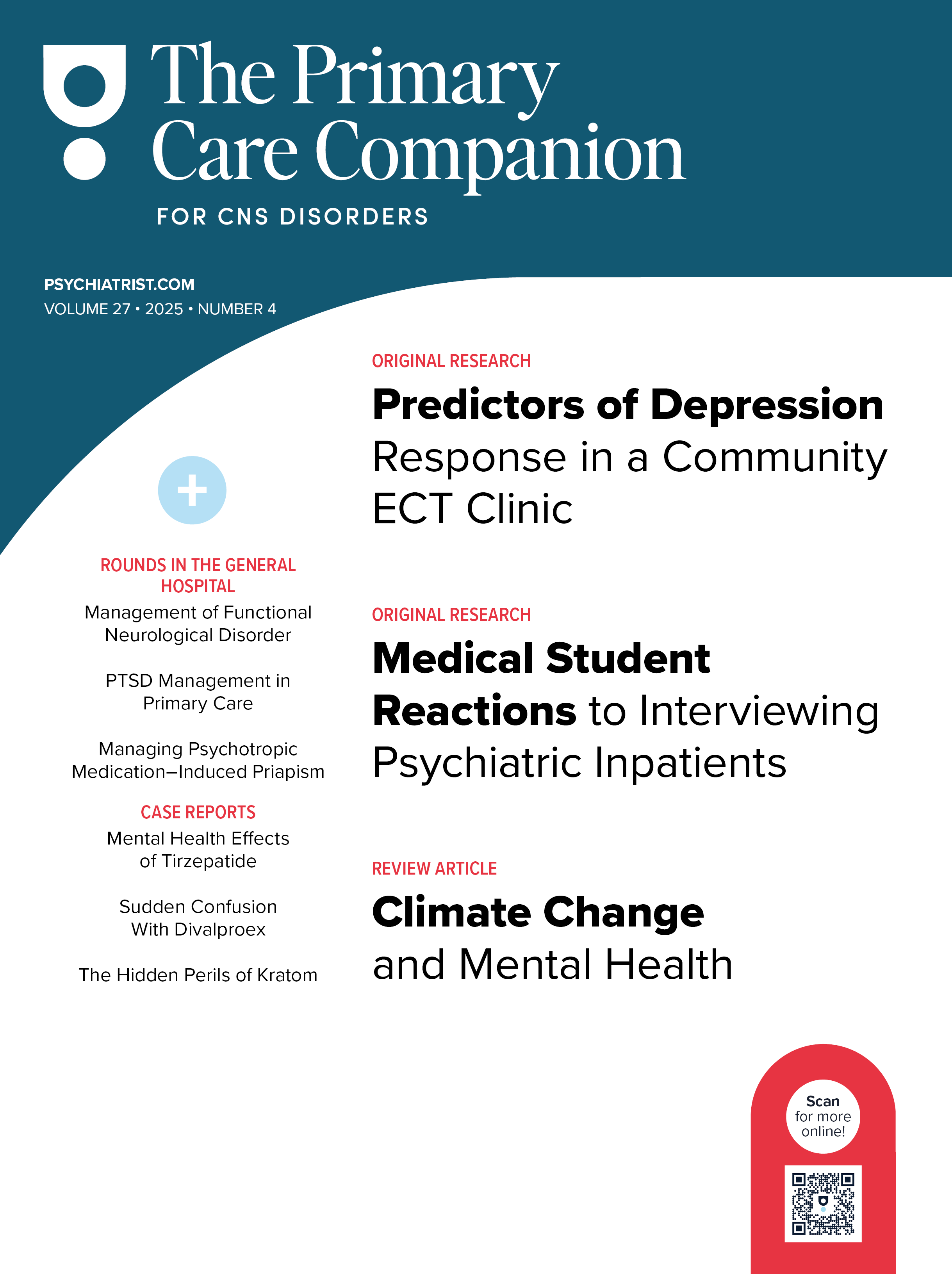The increasing number of treatments approved for anxiety disorders has put remission within reach for more patients than ever before. Remission is now a frequent end point in clinical trials as well as the recommended goal in clinical practice. Measurement of remission varies from study to study, however, as no single definition of remission has yet become standard.
Studies of patients with anxiety disorders show that they are high utilizers of primary care services. Despite this, a large percentage of patients remains undiagnosed and untreated. People with undiagnosed anxiety disorders may be difficult to recognize in primary care, particularly because they usually present with somatic complaints. To successfully recognize and treat this population of patients, primary care physicians must become familiar with the typical presentation of anxiety in their patients. In this supplement, psychiatrists discuss the definition of remission, the neurobiology of anxiety disorders and mechanisms of action for pharmacologic treatment, and describe methods of identifying patients with anxiety disorders in the primary care setting.
This PDF is free for all visitors!

